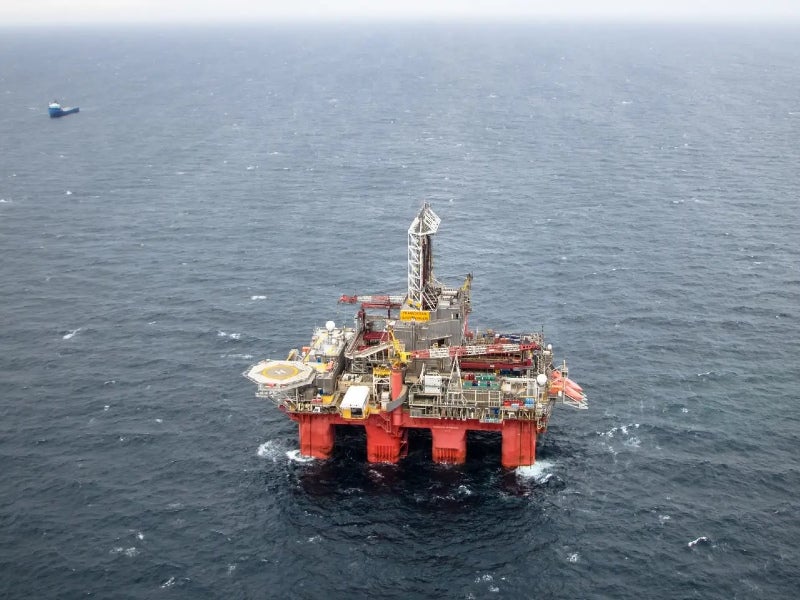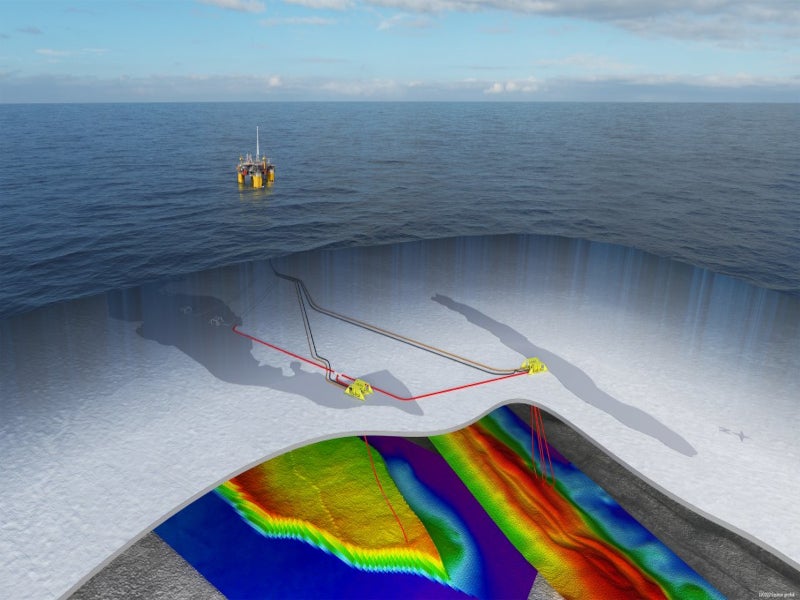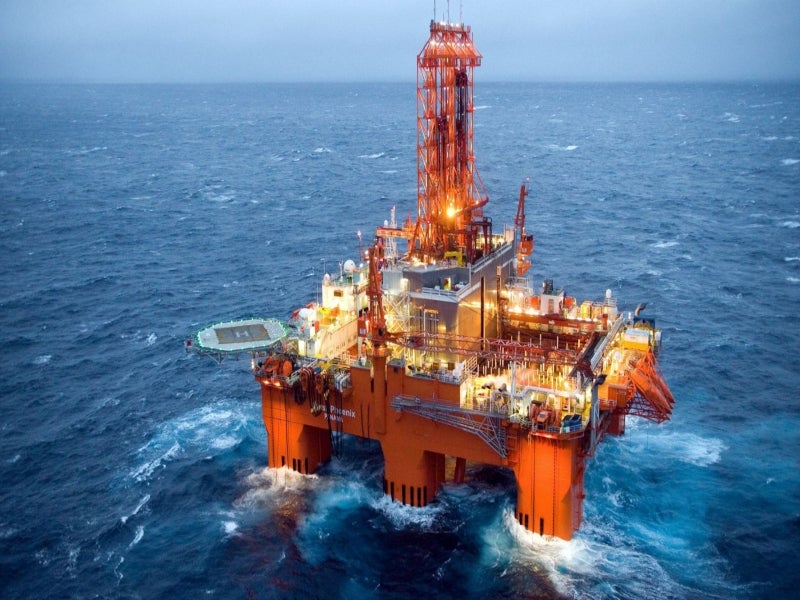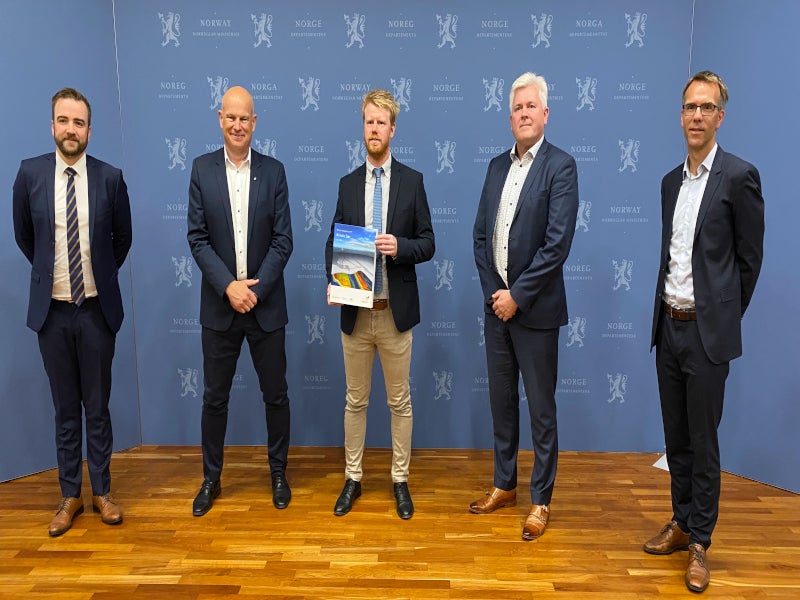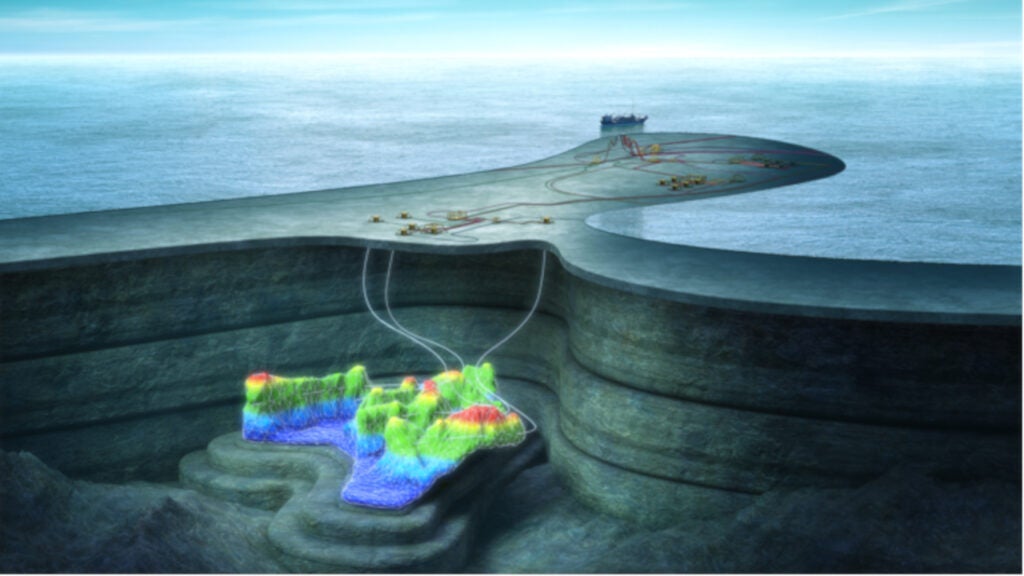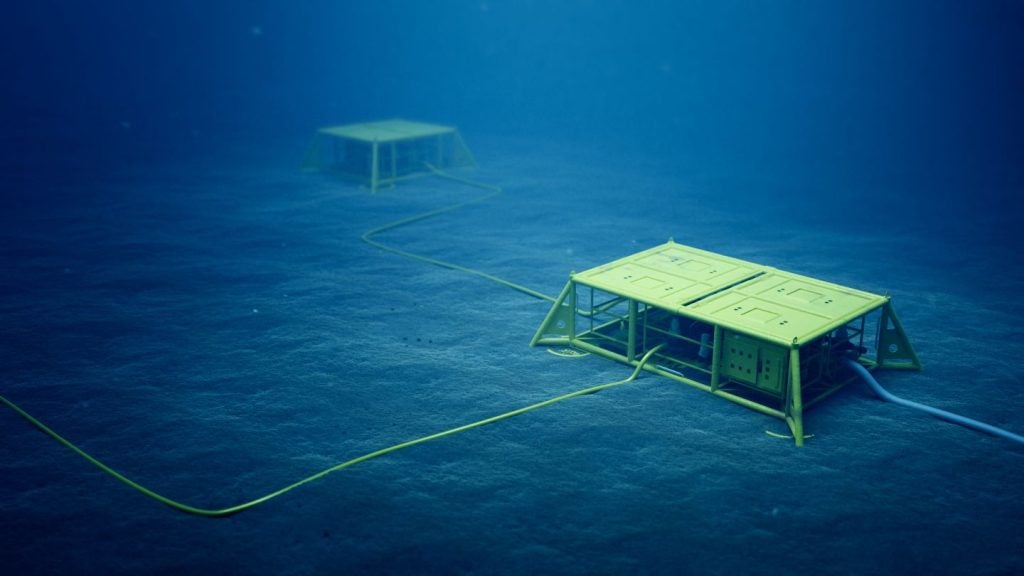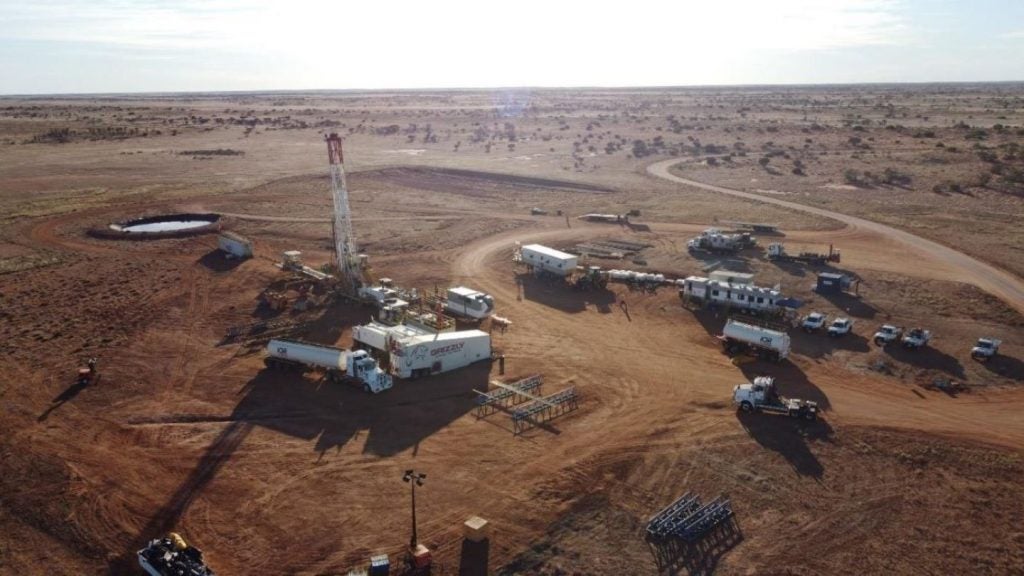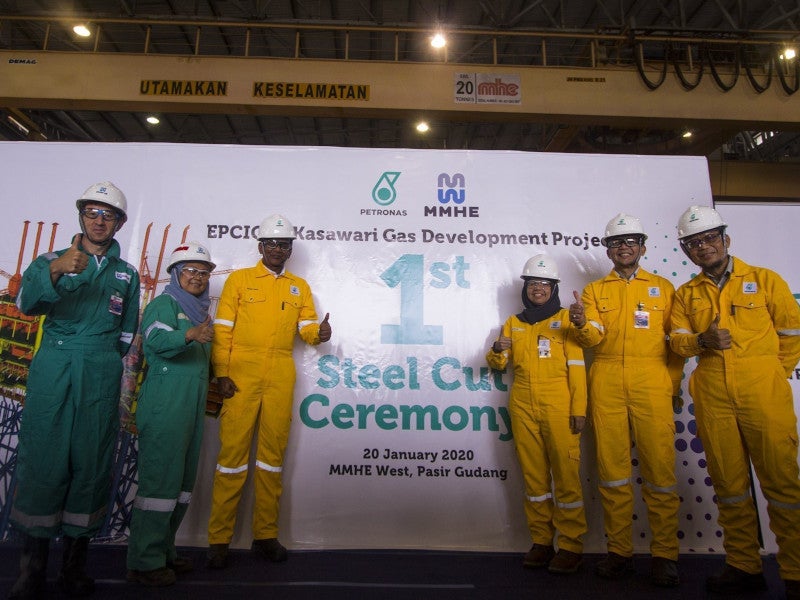The Kristin South phase one project will involve the development of the Lavrans and Kristin Q offshore gas and condensate discoveries, which are located in the Norwegian Sea along the north-west coast of Norway.
The Lavrans and Kristin Q, the Erlend and Ragnfrid discoveries, and the producing Kristin field are part of the Haltenbanken Vest Unit, a business arrangement area comprising production licences (PL) 134 D, 199 and 257 in the Norwegian Sea.
Kristin South is operated by Equinor Energy, which holds a 54.82% stake in the project. Other partners in the project include Petoro (22.52%), Var Energi (16.66%) and TotalEnergies EP Norge (6%).
Kristin South phase one is estimated to produce 58.2 million barrels of oil equivalent (Mboe), including 6.2 billion standard cubic metres (bscm) of gas and 1.9 million standard cubic metres (MMscm) of oil.
The Norwegian Ministry of Petroleum and Energy approved the development plan for the Kristin South phase one project in February 2022. The project is expected to come onstream in 2024 and will have a production life of approximately 11 years.
Discovery and geology of Lavrans and Kristin Q discoveries
Lavrans was discovered in 1995 by the drilling of the 6406/2-1 well at a water depth of 280m in the central Norwegian Sea, approximately 10km south-east of the Kristin field. The discovery was later delineated by multiple appraisal wells.
It has a tight and complex reservoir, containing gas and condensate in the Ile and Tofte early to middle Jurassic era formations. The relatively high-pressure and high-temperature (HPHT) reservoir has high carbon dioxide (CO₂) and hydrogen sulphide (H₂S) content in the gas.
Kristin Q is an HPHT reservoir situated in the southern Kristin field.
Kristin South phase one development details
The final investment decision (FID) on the development of the Kristin South phase one project, with an estimated capital expenditure of Nkr6.5bn ($759.6m), was made in June 2021. It was followed by the submission of the plan for development and operation (PDO) to the Norwegian Ministry of Petroleum and Energy.
The PDO also outlines the potential development of the future phases of the Kristin South project, including the next phase of Lavrans and the development of the Erlend and Ragnfrid discoveries.
The Lavrans and Kristin Q discoveries will be developed as a single project tied back to the existing Kristin platform.
The Lavrans field development will involve four wells and a new subsea template, while Kristin Q is planned to be developed with a single well that will reuse an existing subsea template.
The production from the Lavrans and Kristin Q fields will flow to the Kristin platform through a shared pipeline.
The first three wells, including two wells at Lavrans and one well at Kristin Q, are expected to begin production in 2024, while the remaining two wells at Lavrans are anticipated to come on stream in 2025.
Contractors involved
Norwegian engineering company Aker Solutions received a contract worth approximately Nkr1bn ($116.8m) to provide subsea production facilities for the Kristin South phase one project.
Global oil and gas solutions provider TechnipFMC was selected to provide pipeline fabrication and installation, subsea facilities installation services, and umbilicals deliveries for the project.
Norway-based energy services provider Aibel received the engineering, procurement, construction and installation (EPCI) contract, worth Nkr190m ($22.2m), for the modification of the Kristin platform.
Offshore drilling company Transocean secured a contract worth Nkr2.4bn ($254m) from Equinor in June 2022 to drill nine wells, including three production wells in the Kristin South area. Transocean Spitsbergen, the company’s sixth-generation dual-derrick winterised semi-submersible rig, is expected to undertake the drilling work between October 2023 and April 2025.
Details of other discoveries in the Haltenbanken Vest Unit
Ragnfrid North is located within PL199 in the Haltenbanken Vest Unit, south of the Kristin field in the Norwegian Sea. Exploration in the area commenced in October 2018.
Drilled using the West Phoenix rig, the 6406/2-9 S exploration well of the Ragnfrid North proved the presence of gas and condensate in the field with estimated recoverable resources between six Mboe and 25Mboe in January 2019. The discovery may be developed as a tie-in to the Kristin field.
Discovered in 1999, the Erlend discovery in PL199 has estimated resources of 2.3MMscm of oil equivalent.

